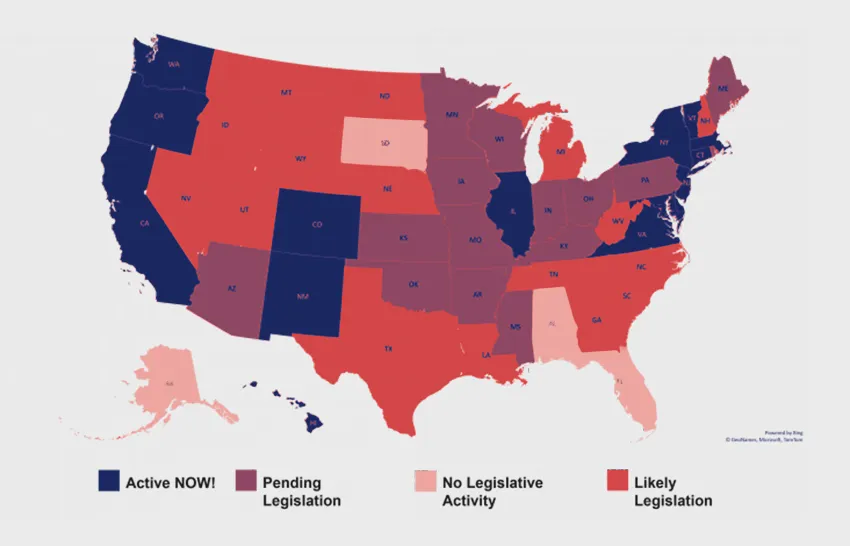A 401(k) plan is considered top-heavy when the owners and key employees own more than 60% of the total value of the plan assets. The ratio is tested every year based on the account balances on the last day of the prior plan year. For example, if a plan tests as top-heavy based on the account balances as of 12/31/2021, it is considered top-heavy for the 2022 plan year.
Who is a key employee?
- A key employee is an individual who meets any one of the following requirements:
- Owns more than 5% of the company or another related employer
- Owns more than 1% of the company and has annual compensation exceeding $150,000
- An officer of the company or related employer with annual compensation exceeding $200,000 in 2022 or $215,000 in 2023.
Family attribution rules under IRC Sec. 318 apply when determining key employees. This means that an employee who is a spouse, child, parent, or grandparent of an owner is considered to share that ownership for plan purposes.
What if the plan is deemed top-heavy?
If an employer has a top-heavy plan, the employer must make a mandatory contribution up to 3% of compensation for all non-key employees still employed on the last day of the plan year. Full year gross compensation is used to calculate the amount owed.
Will other types of contributions satisfy the top-heavy minimum requirement?
Other employer contributions may be used to satisfy the top-heavy minimum contribution including profit sharing or employer matching contributions, safe harbor contributions, QNEC/QMAC and forfeitures. Your Third-Party Administrator will work closely with you to ensure that any required contribution is correctly calculated and contributed as well as keeping your plan in compliance with required regulations.




